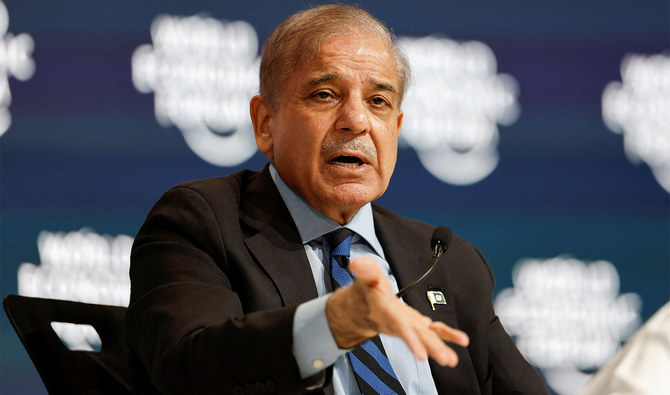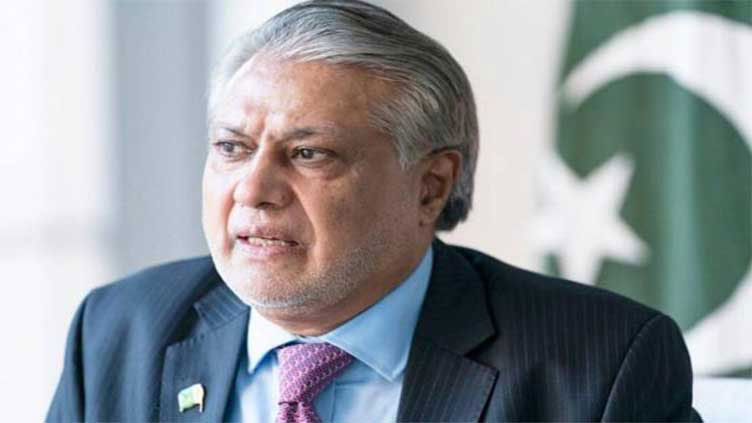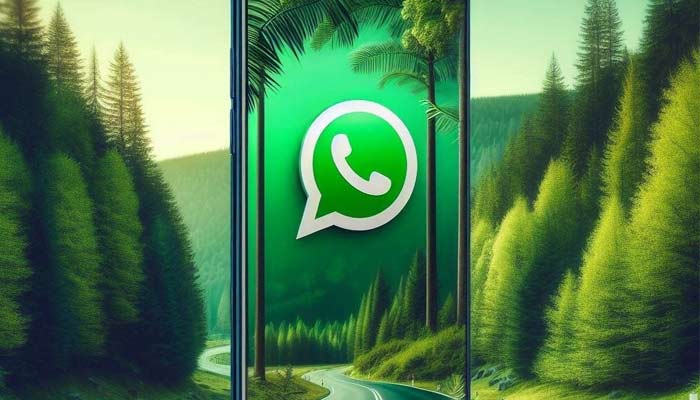- Around 10,000 Muslims demonstrated in Bangladeshi capital.
- Bangladeshi protesters shout slogans “Muslims of the world unite”.
- Senior police official says marchers were peaceful.
DHAKA: Around 10,000 Muslims demonstrated in the Bangladeshi capital on Thursday in the second protest in a week over remarks about the Prophet Mohammad (PBUH) by an Indian official that sparked anger across the Islamic world.
Authorities in India have meanwhile ordered heightened security in several regions for coming Friday prayers after two people were shot dead in protests there last week, local media reported.
Last Friday Muslims took to the streets in huge numbers across Asia following the comments by a spokeswoman for India’s ruling party on May 26.
The governments of nearly 20 countries summoned Indian envoys for an explanation of Nupur Sharma’s remarks about Prophet Mohammad (PBUH) and his youngest wife.
Shouting slogans such as “Muslims of the world unite”, the Bangladeshi protesters on Thursday rallied in front of Dhaka’s biggest mosque and tried to march to the Indian embassy before being blocked by police.
“There were around 10,000 marchers. They were peaceful,” senior police official Enamul Haq told AFP.
The protest was organised by Islami Andolan Bangladesh, one of the largest political parties in Bangladesh, which is home to the world’s fourth-largest Muslim population.
Around 150,000 people demonstrated last Friday in major Bangladeshi cities including 20,000 in the capital Dhaka and thousands more in towns and at universities.
Speakers at the Dhaka rally on Thursday called for a boycott of Indian products and demanded Prime Minister Sheikh Hasina formally lodge a protest with India.
Hasina, who has been in power for 13 years, is a close ally of India and has stopped short of condemning Sharma’s remarks.
Derogatory comments about Islam and the prophet on social media often trigger violent protests in Bangladesh. They often also spark riots targeting minorities.
Last year at least six people were killed when widespread anti-Hindu riots swept the southeast of Bangladesh after an alleged desecration of a Koran, Islam’s holy book, in a Hindu temple.
Bulldozers
Since coming to power in 2014, Prime Minister Narendra Modi’s government and his Bharatiya Janata Party (BJP) have been accused of championing discriminatory policies towards India’s Muslim minority.
Sharma’s comments sent the BJP into damage control, with the party suspending her from its ranks and insisting it respected all religions.
As largely peaceful protests raged in several Indian cities last Friday, police opened fire in eastern Ranchi, killing two people after demonstrators threw stones and bottles.
Since then the homes of several people arrested or identified as protesters have been demolished with bulldozers in the state of Uttar Pradesh, which is governed for the BJP by hardliner Yogi Adityanath.
Amnesty International called for an immediate end to what the rights group called a “vicious” crackdown and “excessive use of force, arbitrary detention and punitive house demolitions”.
Authorities in several Indian regions including Uttar Pradesh, West Bengal and Muslim-majority Kashmir have told security personnel to tighten security around mosques on Friday, local media reported.
The Hindustan Times newspaper said a few districts in these states had banned congregations of more than four people.
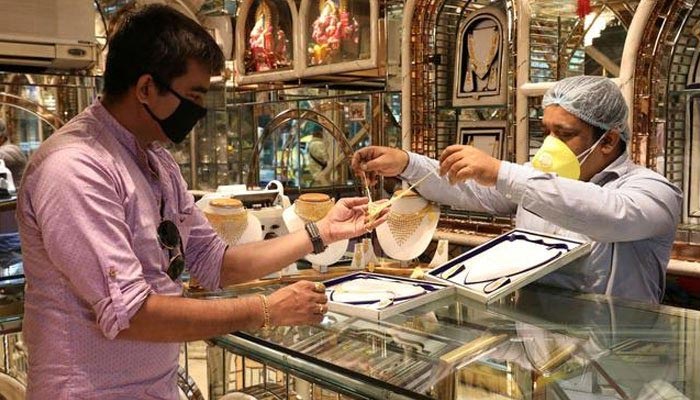
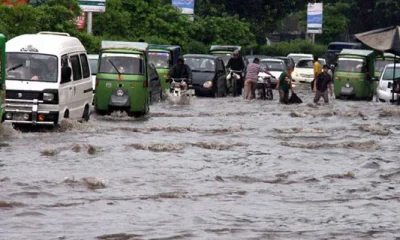
 Latest News3 hours ago
Latest News3 hours ago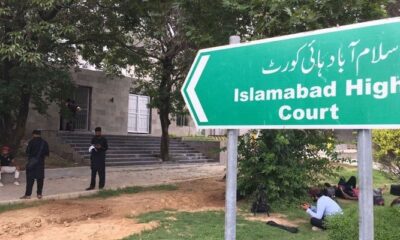
 Latest News3 hours ago
Latest News3 hours ago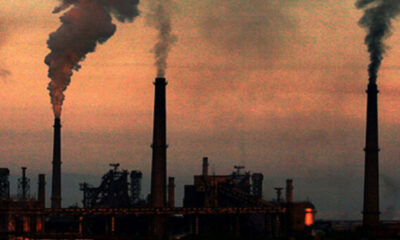
 Latest News4 hours ago
Latest News4 hours ago
 Latest News3 hours ago
Latest News3 hours ago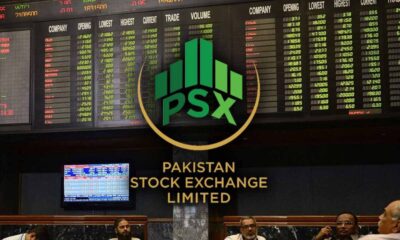
 Business3 hours ago
Business3 hours ago
 Latest News4 hours ago
Latest News4 hours ago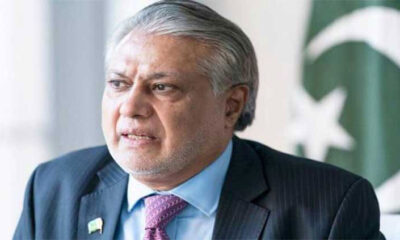
 Latest News3 hours ago
Latest News3 hours ago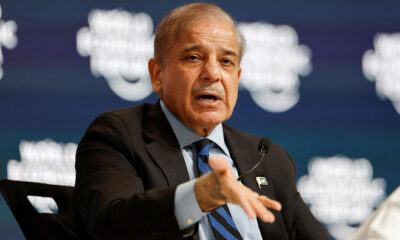
 Latest News3 hours ago
Latest News3 hours ago
